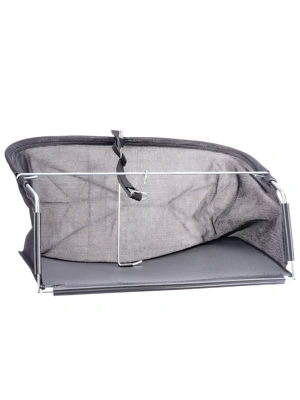Blister Beetle

These long-bodied beetles feed on leaves and flowers of garden crops such as tomatoes, potatoes, melons, carrots, cabbage, peas, squash and eggplants. When they?re present in force, they can defoliate plants entirely. But blister beetle larvae are gardener?s helpers, because they dine on the eggs of a different garden pest — grasshoppers.
Blister beetles have elongated, narrow bodies and can be black, brown, striped, or metallic green in color.
The larvae overwinter in the soil and emerge in spring to feed. Adults are active in midsummer. There are typically one or two generations each growing season, depending on your region. Blister beetles are found throughout North America.
Prevention and Control
- Mow grasses before they flower. These flowers attract adult blister beetles.
- Because of the beneficial role that blister beetle larvae play, it?s best to leave small infestations of adult blister beetles alone. If you?re concerned that beetle populations are increasing, don a pair of gloves (when crushed, blister beetles exude a substance that can burn your skin) and handpick the adults. Drop them into a pail of soapy water. Picking is easiest in the morning when the beetles are sluggish.
- In midsummer, cover plants with garden fabric to prevent beetles from feeding.
Last updated: 12/12/2022
Print this Article:
Related items
Get the Dirt
Stay up to date on new articles and advice. Please fill out the information below.











